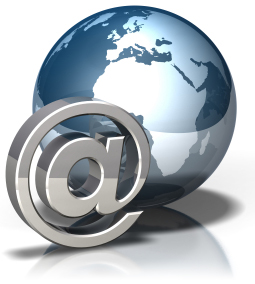In 2010, the U.S. Federal Communications Commission (FCC) estimated that two-thirds of the country has been provided with broadband and challenged the industry to connect the rest of the country. It also started a project called “Connect to Compete,” a project to bring those lower-income households that are unable to connect online due to cost. The result was a $10 a month services for those households that meet the criteria. It is estimated that 15 to 25 million Americans will qualify for the program.
Broadband is the mostly used Internet access offered in DSL (Digital Subscriber Line), fiber optic, cable and satellite. Cost for each service depends on the speed. A typical introductory service starts at 15 mega-bytes per second (mbps). Lower the mbps, the service is not reliable for video streaming, Internet telephone service and others. Speed is critical for many who use Internet access.
Many low-income households, seniors, minorities and rural Americans are not connected to the Internet. The FCC introduced another service known as National Digital Literacy Corps that works with schools and libraries to help those who are under privilege to connect to the Internet.

